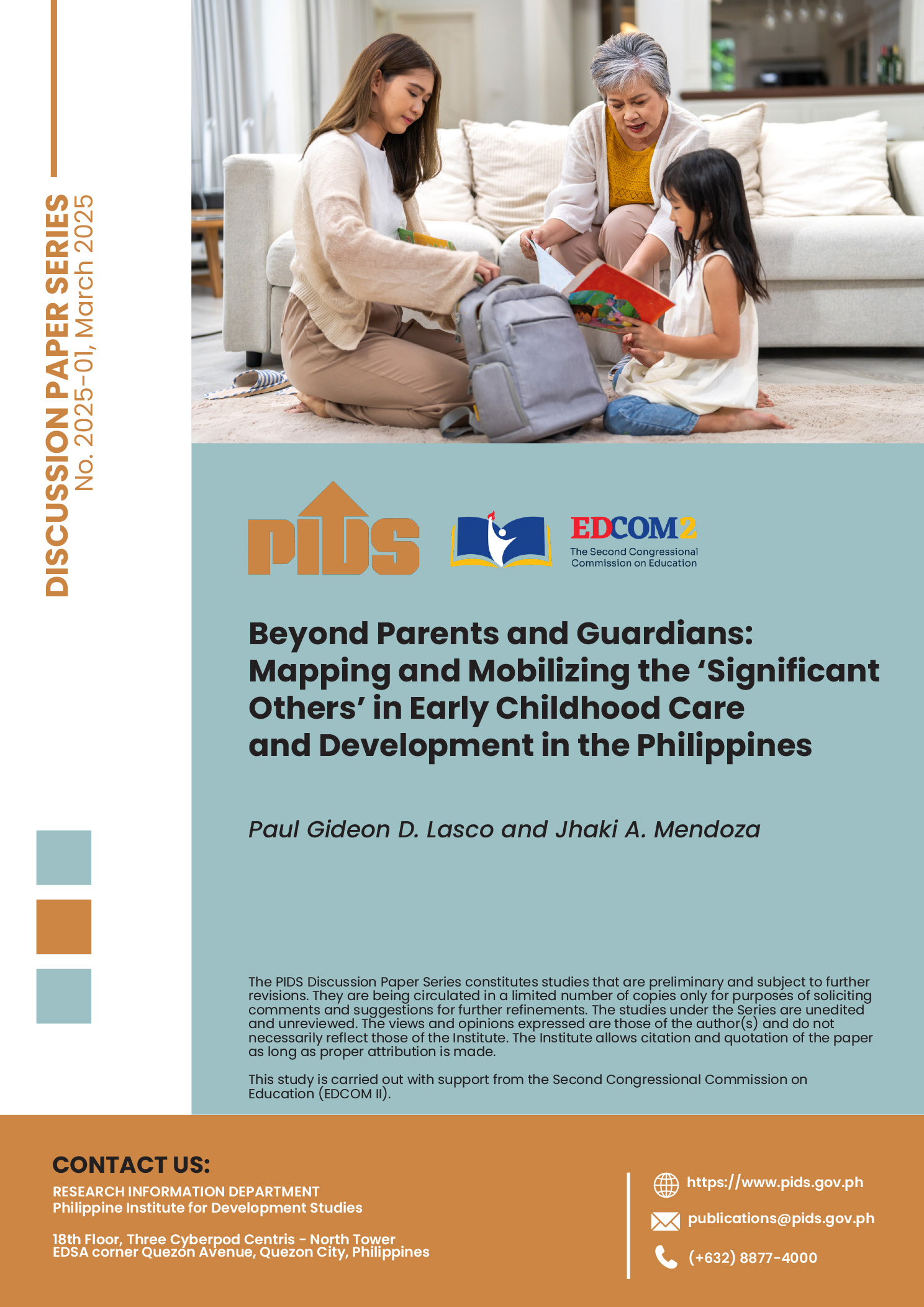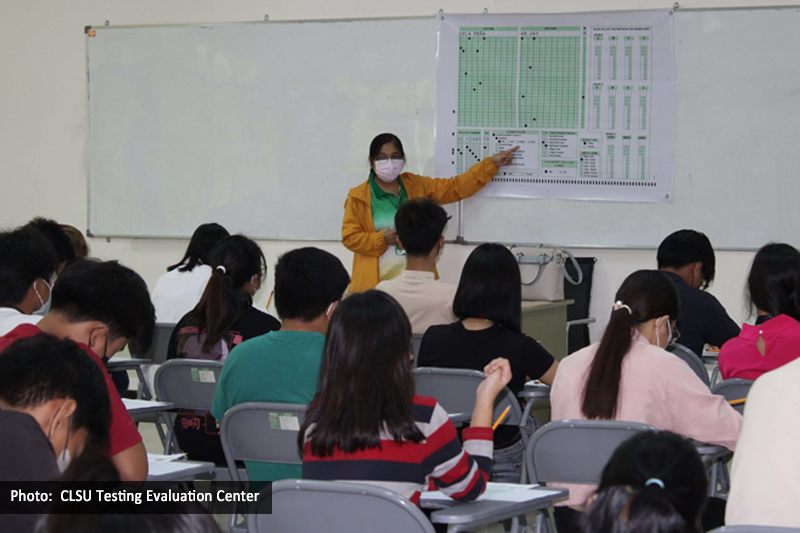The government’s plan to end endo, or contractualization, could lead to layoffs and greater inequality in the country, according to a study released by the Philippine Institute for Development Studies (PIDS).
In a study, titled “Beware of the End Contractualization! Battle Cry,” PIDS research fellows Vicente B. Paqueo and Aniceto C. Orbeta Jr. said ending contractualization would be more expensive for companies than the government estimated.
Hiring more permanent employees would increase the cost of firms by about 30 percent to 40 percent, higher than the government’s estimate of around 10 percent.
“The dilemma is that, on the one hand, limiting government action to tightening enforcement might not be enough to eliminate endo practice, as promised by President Duterte. On the other hand, aggressive threats of government harassment, huge penalties, business closures, as well as prohibition of all forms of TECs [temporary employment contracts] to close ‘loopholes’ could lead to unintended adverse consequences like reduction in job opportunities and inclusive growth,” Paqueo and Orbeta said.
The government plans to impose a 100-percent end to contractualization that will force employers to strictly comply with the regulation.
But based on the Department of Trade and Industry (DTI) proposed “win-win” solution to contractualization, firms will be allowed to hire workers but these same workers will not be regularized after six months based on certain conditions.
These conditions is if firms are provided with qualified manpower service agencies, and if these workers are employed as regular employees of contractors and they receive the mandated benefits.
“[The] scheme would give job security to the laborers, while addressing the needs of contractors’ principals for employment flexibility,” the research fellows said.
“The main issue is the additional costs to be passed on to the principals by manpower suppliers,” they added.
Findings in the research showed that Filipino workers were predominantly regular workers constituting 70 percent of all workers. Interestingly, the share of regular employees was steady at 75 percent prior to 2014.
Data also showed that, relatively, regular workers have higher wages and there was a decline in real wage rate between 2001 and 2014.
The study also noted that there is a rise in real earnings to P266 in 2014, during the term of former president Benigno S. Aquino III, from P260 in 2010.
Further, a 2014 survey showed that 95 percent of workers employed by endo contractors appear satisfied with their current jobs.
Additional information reveals that the workers covered by the Social Security System, Pag-ibig and Philippine Health Insurance Corp. are quite high at 95.7, 92.8 and 94.8 percent, respectively.
The research fellow also said a high proportion also enjoy minimum wages, overtime pay/holiday premiums and 13th-month pay.
“It is, therefore, not surprising that a high proportion of interviewed workers expressed satisfaction with their current jobs despite the fact that only a small proportion of them are entitled to leave credits, separation pay, security of tenure and other benefits. There is, however, still room for improving the work conditions of endo workers when it comes to security of tenure,” the authors said.
In 2014 PSA data showed over a million Filipino workers did not hold regular positions in their companies.
Based on the Statistics on Non-Regular Workers, the PSA said 1.336 million workers were considered nonregular employees in 2014.
This represented some 29.9 percent of all 4.472 million workers employed in establishments with 20 or more workers.
Nonregular workers are composed of contractual/project-based workers, probationary workers, casual employees, seasonal employees and apprentices/learners.//
Ending ‘endo’ will cut job opportunities, jeopardize inclusive goal target—PIDS












